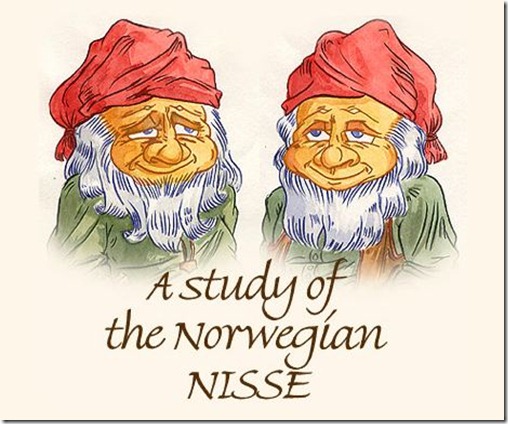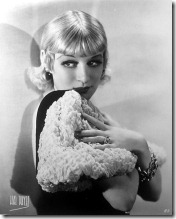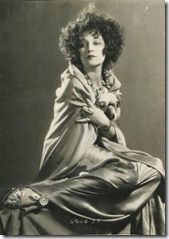
Greta Nissen (30 January 1906 – 15 May 1988) was a Norwegian-born American film and stage actress.
Stage and Screen
Born Grethe Rüzt-Nissen in Oslo, Norway, Nissen was originally a dancer. She debuted as a solo ballerina on the National Theatre in 1922. She toured in Norway and participated in several Danish films.
Nissen made her Broadway debut as a ballerina in 1924. She had studied ballet with Mikhail Fokine. In early 1924, she came as a member of a Danish ballet troupe to New York, where she was soon hired to do a larger dance numbers for George S. Kaufman in the musical Beggar on Horseback. Greta was discovered by film producer Jesse L. Lasky of Paramount Pictures, and would appear in more than twenty films.
She appeared in The Wanderer (1925, director Raoul Walsh). Among her other films were A Wife, The King on Main Street, The Love Thief, Ambassador Bill, The Lucky Lady, and Honours Easy. In 1932, she played in The Silent Witness with Weldon Heyburn, who became her first husband. Her film career ended in the mid-1930s after she had appeared in a few British films.
Critical Acclaim
A 1925 New York Times review of the silent film A Norwegian Actress described Greta:
She was graceful in her movements and expressions, with a constantly changing gaze. The actress was attractive rather than beautiful. Her chin and nose were both somewhat pronounced. Greta’s personality was delightful and she never showed an awareness to the audience that she was conscious of being on camera. Her skin was fair and she possessed blonde hair. At different times her coiffure had a somewhat "wild" appearance.
The reviewer believed her hair was more effective when it was brushed down rather than when it was concealed by a small hat. As for her eyes, there was a close affinity in their appearance to those of Sarah Bernhardt. Mordaunt Hall commented on her acting, saying Miss Nissen gives a sincere and earnest portrayal, always obtaining excellent results with an originality rarely beheld on the screen.
Missed Opportunity
Greta was the original choice for leading lady in Hell’s Angels (1930), an epic film made by Howard Hughes. She lost the part due to her strong Norwegian accent when the movie was remade to include sound. In 1933 she moved to England. In 1937 she retired from movie acting altogether.
Death
In the autumn of 1941, she married industrialist Stuart D. Eckert. Nissen died at home in Montecito, California of Parkinson’s disease on May 15, 1988. Greta was 82. Her husband said she still received fan letters. Greta had one son, Tor Bruce Nissen Eckert, who in 2005 gave his large collection of Greta Nissen Memorabilia to the Norwegian Emigrant Museum which is located in Ottestad, county of Hedmark, Norway.
Text from Wikipedia, the free encyclopedia
Read Full Post »






















































